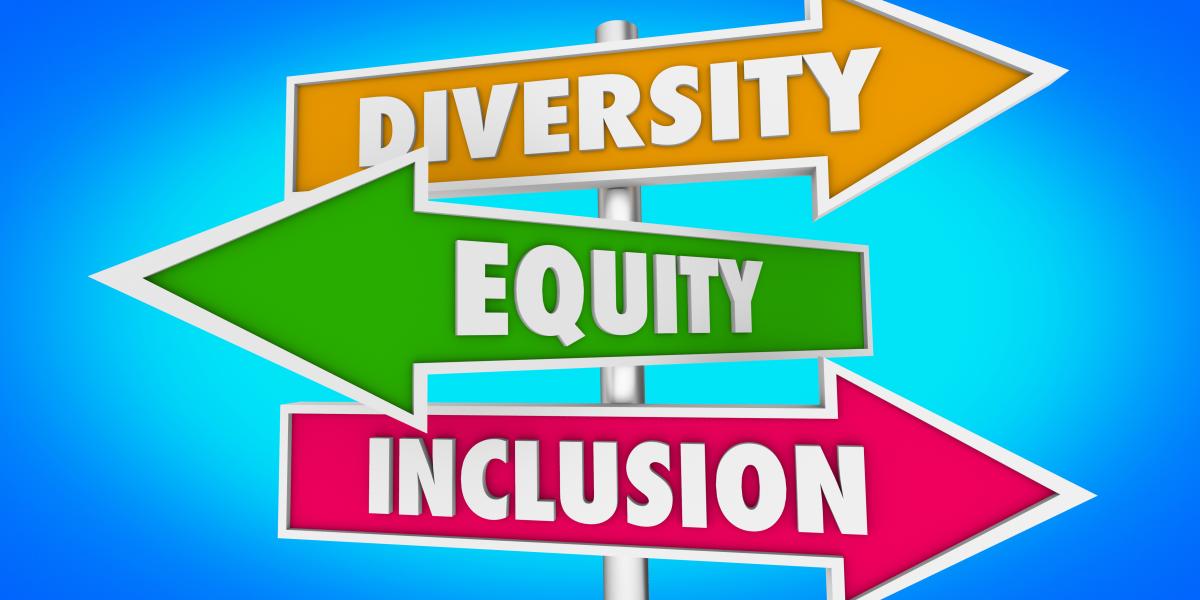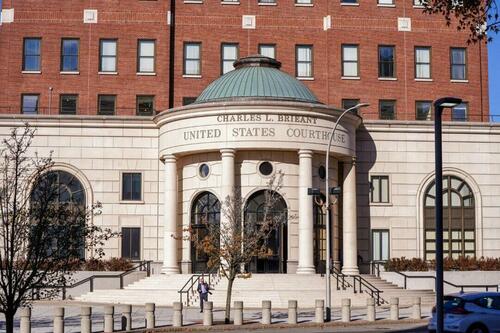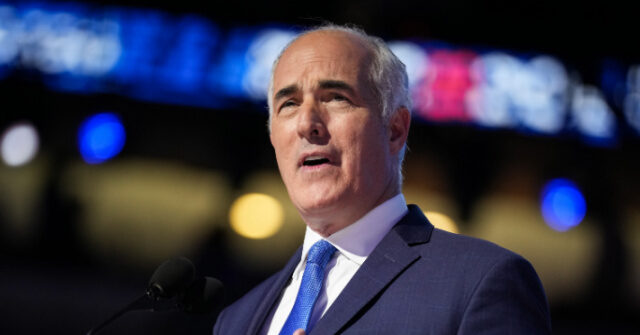
Once it is averred that inequality is wrong and the government ought to do “something” to make people more equal, tyranny is always around the corner. Equalization methods and strategies may vary, but some degree of coercion is guaranteed once it is decided to equalize human beings. The philosopher Antony Flew characterized egalitarianism as a procrustean ideal—some must be stretched to breaking point, while others must be cut down to size, in order to ensure that all are enjoying equal life opportunities. As David Gordon often reminds us, this is why Murray Rothbard regarded “equality of opportunity” as an absurd and anti-human ideal.
Egalitarian ideology currently marches under the banner of “diversity, equity and inclusiveness.” Jordan Peterson refers to DEI as “the great ideological lie,” and pointedly reverses the acronym from DEI to DIE to emphasize the inevitable outcome of diversity enforcement. Commenting on diversity policies in Canadian higher education, Peterson wrote:
All my craven colleagues must craft DIE statements to obtain a research grant. They all lie (excepting the minority of true believers) and they teach their students to do the same. And they do it constantly, with various rationalizations and justifications, further corrupting what is already a stunningly corrupt enterprise. Some of my colleagues even allow themselves to undergo so-called anti-bias training, conducted by supremely unqualified Human Resources personnel, lecturing inanely and blithely and in an accusatory manner about theoretically all-pervasive racist/sexist/heterosexist attitudes.
In the United States, Christopher Caldwell traces diversity policies to the Supreme Court interpretation of the Civil Rights Act 1964 in the case of Regents of Univ. of California v. Bakke, 438 U.S. 265 (1978). In his book Age of Entitlement: America Since the Sixties, he describes affirmative action as “the main avenue through which civil rights law was changing the country’s public and private institutions.” Describing university programs that reserved a number of places for African Americans, Caldwell explains: “That such programs discriminated, by reallocating opportunities from whites to blacks and other minorities, was obvious. It was their whole point.” It was not disputed at the time that these programs were discriminatory; the question was not whether they were discriminatory, but whether they were justified as a means of correcting inequality. Caldwell adds that, “The justices were concerned with how the programs discriminated, and on what grounds.”
Caldwell explains that the “new definition of “diversity” provided a rationale for four judges in Bakke who approved of this pro-black discrimination. These judges “accepted Lyndon Johnson’s description of American society as a footrace to which one runner had arrived shackled—on that basis, they could countenance some infringement on whites’ individual rights in order to fix a society-deforming wrong.” Following from Bakke, diversity was thereafter depicted as the overarching goal of equal opportunities. Discrimination against white people was seen as nothing more than promoting diversity, and endorsed by the courts as a “justified” means of achieving what many egalitarians describe as “true equality.” Caldwell points out that although Bakke purported to distinguish between quotas (illegal) and “diversity” (legal), the end result of diversity is precisely the same as using quotas: “[Justice Lewis] Powell’s opinion, in short, did not eliminate quotas. It just dressed them up as something else. It required all schools that used racial preferences to recast them as programs to promote their interest in the diversity of their student bodies.” Thus arose the hegemony of diversity, which was later reinforced by the concepts of inclusiveness and equity.
Diversity as a legal obligation
Caldwell further explains how the notion of “diversity” upheld in Bakke not only justified discrimination against whites and in favor of minorities, but also came to be regarded by many institutions as an implicit legal obligation—in the sense that failing to promote diversity came to be seen as a breach of the equal opportunities obligations of the Civil Rights Act. Paradoxically, the use of critical race theory “divisive concepts” and anti-white racism, both of which many people regard as a violation of the equal protection clause of the US constitution, came to be regarded as a positive legal obligation under civil rights law.
This explains the shouting matches often observed between traditional supporters of the Fourteenth Amendment – those who believe in “colorblind equality” and supporters of the Civil Rights Act who believe in DEI. The colorblind egalitarians insist that DEI is racially discriminatory against whites and therefore illegal, while the DEI egalitarians retort that banning DEI violates the Civil Rights Act by ignoring discrimination against blacks, and is therefore illegal. Both sides also invoke the First Amendment free speech protection to defend their position. From a Rothbardian perspective, both protagonists that are yelling “that’s illegal!” at each other are lost (though arguably the DEI egalitarians are more woefully lost than the colorblind egalitarians) and the only workable solution would be to repeal both the Civil Rights Act, as Lew Rockwell has argued, and the Fourteenth Amendment.
This is the dispute currently unfolding in several states that have banned DEI in public schools and universities. In Alabama, for example, the University of Alabama guidance states:
“Following the 2023 U.S. Supreme Court decision, federal law prohibits discrimination based on race, color, religion, national origin, ethnicity, and sex. On June 29, 2023, the Court ruled race conscious admissions programs used by Harvard University and the University of North Carolina were not legal in the cases Students for Fair Admissions (SSFA) v. Harvard and Fair Admissions v. North Carolina. In addition, the Alabama State Legislature passed, and Governor Kay Ivey signed into law, Senate Bill 129 (SB129),2 which defines and imposes limitations related to “divisive concepts” as well as Diversity, Equity, and Inclusion programs.”
The guidance goes on to define the meaning of DEI programs, emphasizing that programs deemed to be “necessary to comply” with other legal obligations are not DEI programs:
“Diversity, equity, and inclusion (DEI) programs are defined as “[a]ny program, class, training, seminar, or other event where attendance is based on an individual’s race, sex, gender identity, ethnicity, national origin, or sexual orientation, or that otherwise violates [the law].”
Under the law, programs, classes, trainings, seminars, or other events that are necessary to comply with applicable state law, federal law, court order, or accreditation requirements are NOT considered DEI programs.”
The reference to “other legal obligations” with which it is still necessary to comply includes things like civil rights obligations and Department of Education mandates. For example, the National Center for Education Statistics requires “maintaining, collecting, and reporting racial and ethnic data to the U.S. Department of Education.” DEI bans do not affect these reporting obligations and it is likely that through statistical reporting on diversity the corrupt enterprise of DIE referred to by Jordan will continue its hegemony.
Another reason why it may be premature to celebrate the end of DEI is that DEI bans are under attack from Democrat politicians who claim that banning DEI is a breach of the Fourteenth Amendment. Their argument is that providing equal protection to minority groups requires DEI programs, therefore banning DEI programs strips minorities of the equal protection encompassed in DEI. Hence institutions closing down their DEI offices are remaining cautious, aiming “to review their workplace policies and training programs with respect to existing obligations under federal, state, and local laws, such as the anti discrimination requirements of the Civil Rights Act of 1964, the Equal Protection Clause of the Fourteenth Amendment to the U.S. Constitution, and other civil rights statutes.” Some have also argued that banning DEI is potentially a breach of free speech, an interpretation upheld by courts in Florida in striking down parts of Florida’s “Stop WOKE” law. Florida’s experience illustrates the cost hazards for states fighting against DEI.
“Florida could face paying nearly $750,000 in legal fees for businesses that successfully challenged part of a 2022 law that Gov. Ron DeSantis dubbed the “Stop WOKE Act.” Citing what they called a “resounding victory,” attorneys for the businesses filed a motion Friday seeking $749,642 in fees. Also, they sought $41,144 in additional costs related to the lengthy legal battle.”
In addition to this unfolding lawfare, it should be noted that the Supreme Court in SFFA stated that “nothing in this opinion should be construed as prohibiting universities from considering an applicant’s discussion of how race affected his or her life, be it through discrimination, inspiration, or otherwise.” Many academics committed to DEI have seized on this enthusiastically as a potentially rich vein to exploit in advancing their diversity ambitions.
It is therefore clear that the fight against DEI is by no means over. In many ways, it is only just beginning.
Originally Posted at https://mises.org/






